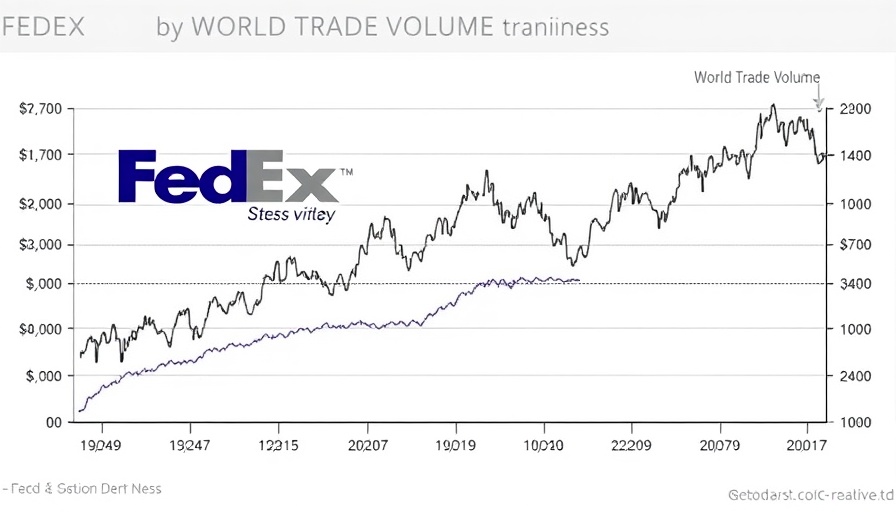
A Deep Dive into the Declining State of the Economy
As we settle into the rhythm of late summer, a few alarming trends have emerged that demand our attention. The recent dip in cardboard box sales, as highlighted in a compelling BusinessWeek article, serves as a bellwether for consumer confidence across various industries, from electronics to groceries. Economic experts suggest that the drop in demand is a reflection of how consumers feel about their financial situations, impacting their purchasing decisions tightly woven into the fabric of our market.
The Fallout from Tesla's Price Cuts and Cybertruck Criticism
Tesla is another case study worth noting. Once the darling of the auto industry, the Cybertruck has become a symbol of the company's recent struggles, leading to a plunge in used car prices. Statistics reveal that Tesla has reduced prices by 9% compared to 4% across other EV makers. This strategic move echoes how shifts in consumer sentiment and market dynamics can alter the landscape so dramatically, prompting both investors and consumers to reconsider their commitments to brands they once held in high regard.
How America’s Job Market is Impacting Home Sales
Simultaneously, we are witnessing a troubling stall in the job market that’s contributing to stagnation in the housing sector. The Wall Street Journal reports that many Americans feel trapped in homes that are too small or careers that do not fulfill them. This paralysis, referred to as 'golden handcuffs,' poses significant economic challenges as it limits mobility and purchasing power across the nation.
Understanding the Risks of Buffer Funds
Investors have also turned their gaze toward more complex strategies like buffer funds, which promise to offer equity-like returns with less risk. Yet, an empirical review by AQR suggests that these products often fall short, raising concerns about their long-term viability. For high earners in Philadelphia, understanding these risks becomes essential for making informed investment decisions. Every financial move should be made with a clear understanding of potential outcomes.
Reflections on Social Security at 90
Lastly, as Social Security rings in its 90th anniversary, it’s crucial to debunk myths surrounding its future. Major media outlets like The New York Times point out that misconceptions about its funding and operational functionality can lead to alarmist reactions and misguided policy measures. It’s vital for all of us, especially those approaching retirement, to grasp the challenges facing this cornerstone of American social policy.
In today’s economic landscape, being well-informed empowers you to navigate uncertainties with confidence. Let’s remain vigilant and engaged, asking the right questions as we prepare for what lies ahead.
As a call to action, explore these themes in depth and consider how they apply to your financial strategies. Knowledge is power, especially in times of uncertainty.
 Add Row
Add Row  Add
Add 




Write A Comment